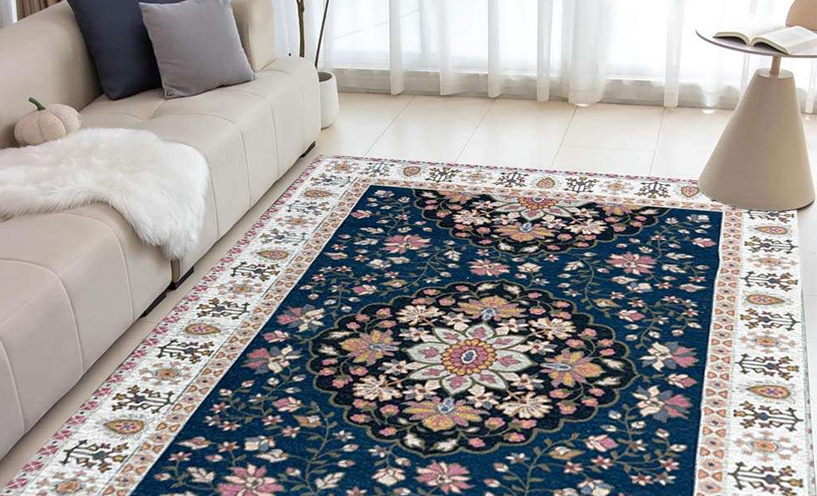Understanding Carpet Area and Built-Up Area: Key Differences

When purchasing a home, understanding the terms carpet area, built-up area, and super built-up area is crucial. These measurements determine the actual usable space in a property and impact both pricing and livability. This guide will break down what carpet area means, what built-up area is, and how they differ to help you make informed real estate decisions.
What is Carpet Area?
Carpet area refers to the actual usable space inside a home that can be covered with a carpet. This includes bedrooms, living rooms, kitchens, and bathrooms but excludes walls, balconies, terraces, and common areas like staircases or lobbies.
How to Calculate Carpet Area?
Carpet area is calculated using the following formula: Carpet Area = Total Area of Rooms + Internal Walls (if applicable) - Balcony, Terrace, and Common Spaces
A higher carpet area means more usable space, which is often a key deciding factor for homebuyers.
What is Built-Up Area?
Built-up area refers to the total area covered by the property, including the carpet area, walls, and other structural components.
Built-Up Area Meaning & Calculation
Built-up area is usually around 10-15% more than the carpet area. It is calculated as: Built-Up Area = Carpet Area + Thickness of Walls + Balcony/Terrace
While built-up area provides a more comprehensive measurement of a property’s size, it does not represent the actual usable space.
What is Super Built-Up Area?
Super built-up area includes the built-up area plus common spaces such as lifts, corridors, staircases, and shared amenities.
Super Built-Up Area Calculation
Super Built-Up Area = Built-Up Area + Proportionate Common Areas
Many builders use the super built-up area to determine property prices, which often leads to a difference between what buyers expect and the actual usable space.
Difference Between Carpet Area and Built-Up Area
|
Feature |
Carpet Area |
Built-Up Area |
|
Includes |
Usable space inside the home |
Usable space + walls and balconies |
|
Excludes |
Walls, balconies, and common areas |
Common areas like lifts and staircases |
|
Size |
Smaller |
10-15% larger than carpet area |
Understanding the difference between carpet area and built-up area helps buyers evaluate how much space they are actually getting when purchasing a property.
Why Carpet Area Matters in Real Estate?
-
Transparency: New RERA (Real Estate Regulation and Development Act) guidelines require developers to sell properties based on carpet area.
-
Cost Calculation: Since buyers pay for usable space, knowing the carpet area ensures they aren’t misled by inflated figures based on super built-up areas.
-
Better Comparisons: When comparing different properties, carpet area provides a standardized measurement.
Tips for Homebuyers
-
Always ask for the carpet area measurement before making a purchase.
-
Compare different properties based on cost per square foot of carpet area rather than built-up area or super built-up area.
-
Consider how much space is usable versus how much is allocated to common areas.
Choosing the Right Carpet Mat

Once you’ve determined your carpet area, selecting the perfect carpet mat can enhance the look and feel of your space. Whether you prefer plush textures or easy-to-clean designs, the right carpet mat can add comfort and style to your home.
Also Read - Different Types of Carpet Flooring: Styles, Varieties, and Benefits
Final Thoughts
Understanding what carpet area means and what is built-up area ensures that you make informed real estate decisions. With this knowledge, you can confidently assess property listings and negotiate better deals. Always prioritize carpet area over super built-up area to ensure you get the maximum usable space in your new home.
